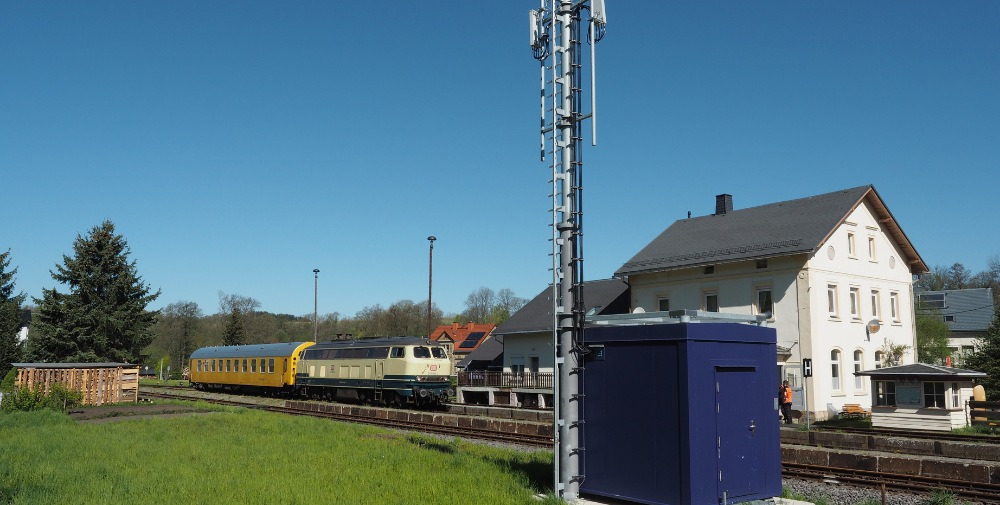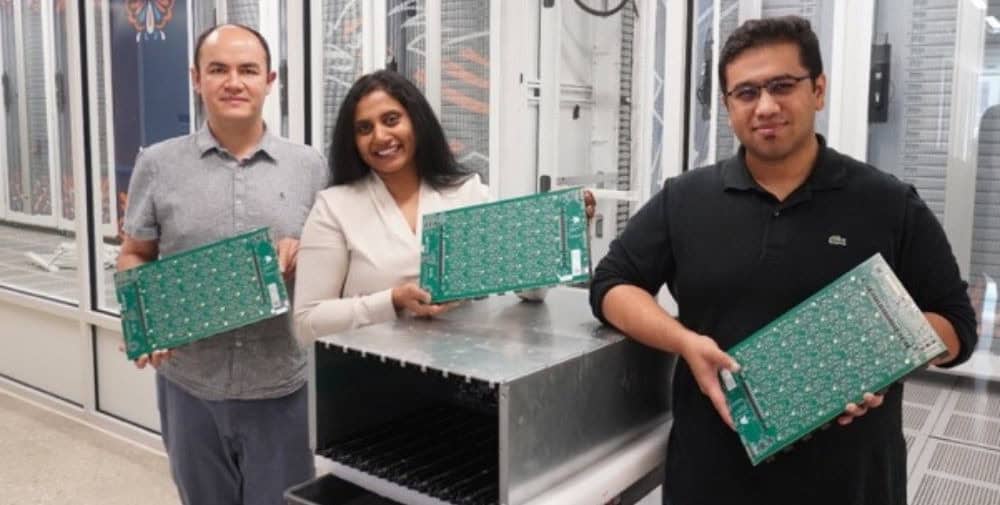Digital Rail Testbed – 5G Trials in the Ore Mountains
As part of the sector initiative “Digital Rail Germany,” DB Netz AG aims to fundamentally modernize and digitize the railway infrastructure. As part of these activities, the German rail network is planned to be equipped with the European Train Control System (ETCS), the integrated control and operating system (iLBS), as well as digital interlocking systems (DSTW). In addition, future technologies such as highly and fully automated driving (ATO), real-time positioning, sensor-based environment perception, and AI-based traffic management are expected to be introduced into the railway system.
Digitalization is considered a key factor in improving rail transportation on various levels:
- Capacity in the rail network will be increased, allowing more trains to operate on the existing infrastructure.
- Reliability in passenger and freight transportation will improve as digitalization enables optimized processes. This is made possible through standardized technical components and reduced reliance on hardware that can fail.
- The technological boost associated with digitalization will drive innovation throughout the German rail industry. With innovative, exportable systems, Germany can enter new markets and further establish itself as a technology leader.
- Rail transport is already one of the most environmentally friendly modes of transportation. Digitalization creates the conditions for shifting more traffic to rail, contributing to climate protection.
Digitalization is accompanied by a significant increase in data communication.
Therefore, new IT and connectivity platforms are considered crucial foundations for digitization in the railway system. These platforms enable high-performance and wireless real-time communication between trains and infrastructure. The existing 2G-based railway communication system GSM-R (Global System for Mobile Communications – Railway) no longer meets the high requirements of digital applications in terms of bandwidth and latency. 5G will provide the foundation for an efficient and flexible Future Railway Mobile Communication System (FRMCS), which will replace the current train radio standard GSM-R. FRMCS will offer high data rates and reduced latency, providing powerful and reliable connectivity for a variety of digital applications.
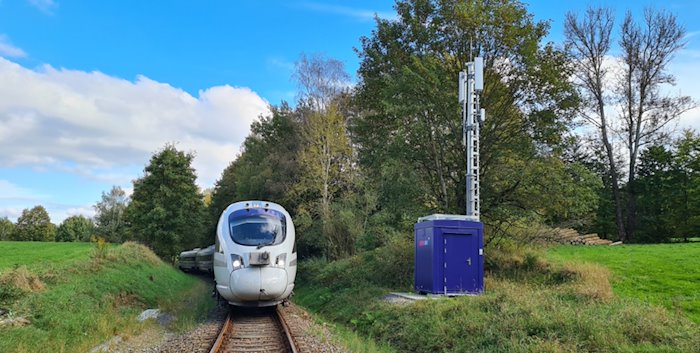
Image: Digitale Schiene Deutschland | DB Netz AG
One of the largest 5G test fields for rail transport in Europe
To test various 5G-based radio access and network technologies for the future FRMCS system, Digitale Schiene Germany and DB RegioNetz Erzgebirgsbahn have established one of Europe’s largest 5G test fields for rail transportation in the Ore Mountains. The so-called “Digitales Testfeld Bahn” by DB extends over a 24 km-long stretch between the cities of Schwarzenberg and Annaberg-Buchholz. DB Netz AG is implementing several research and development projects in this area, including the EU Horizon 2020 project “5GRAIL” and the German-French innovation project “5G-RACOM.”
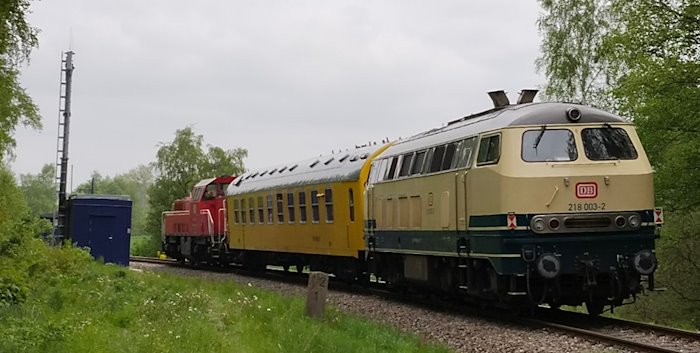
Image: Digitale Schiene Deutschland | DB Netz AG
5GRAIL: Extensive field trials by 18 European cooperation partners
In the 5GRAIL project (“5G for future Railway mobile communication system”), 18 European partners are working together until the end of 2023 to validate the initial FRMCS specifications (FRMCS v1), develop prototypes for the 5G Telecom On-Board Architecture (TOBA), and address aspects of a 5G network architecture for cross-border train communication.
Extensive field tests related to the mentioned research topics are conducted in the test field in the Ore Mountains. In particular, the 5G/FRMCS end-to-end transmissions of railway operational applications such as voice communication, ETCS data protocols, and operationally relevant video sequences are being tested. The results of these field tests will significantly influence future versions of FRMCS specifications.

Image: Digitale Schiene Deutschland | DB Netz AG
5G-RACOM: Resilient, reliable system design for train radio infrastructure based on 5G
In the 5G-RACOM project (“5G for Resilient and Green RAil COMmunications”), ten German and French partners are working until the end of 2025 on the efficient use of the FRMCS frequency spectrum and a resilient, reliable system design for the train radio infrastructure based on 5G. Alongside DB Netz AG, the Technical University of Chemnitz in Saxony is also a partner in the project, which is funded by the Federal Ministry for Economic Affairs and Climate Action (BMWK). A focus of the testing in the Ore Mountains is the realization of a hybrid FRMCS network architecture. This involves transferring railway operational applications not only through the railway infrastructure manager’s private FRMCS network but also through the 5G networks of public mobile network providers. This can be useful in cases of temporary capacity constraints or as a fallback option. 5G-RACOM analyzes the 5G multipath solutions necessary for seamless network transitions in hybrid FRMCS networks and aims to establish a demonstration environment in the Digital Rail Testbed.
Completion of 5G research infrastructure along the entire track by 2023
In addition to the section of “Digitale Schiene Deutschland”, a high-performance 5G research infrastructure is being developed along the route from Annaberg-Buchholz to Schwarzenberg under the responsibility of the Technical University of Chemnitz and the Smart Rail Connectivity Campus (SRCC). This infrastructure, funded by the Federal Ministry for Digital and Transport (BMDV), is scheduled for completion in 2023. It will provide 5G frequencies along the entire route for research activities with high requirements regarding the transmission of safety-critical data. Selected sections will be equipped with broadband GHz spectrum in addition to basic coverage throughout the route in the MHz spectrum. The area around Annaberg-Buchholz Unterer Bahnhof, including the campus building, the planned startup center, the planned research hall, and the station environment, will receive special research access to the 5G network. The test track mostly runs parallel to Bundesstraße 101, allowing potential research activities in the field of automation and digitalization not limited to rail transport alone. The investigation of intermodal connectivity of mobility services and the development of holistic mobility approaches are also possible.
Insights into the 5G research environment for interested people
As part of the biennial Digital Rail Convention (DRC) organized by the Smart Rail Connectivity Campus, it is possible to visit the Digital Rail Testbed operated by DB RegioNetz Erzgebirgsbahn in the Ore Mountains. The upcoming DRC from September 20th to 22nd, 2023, will focus on 5G and FRMCS, digital control and safety technology, as well as alternative propulsion technology. Besides an conference day on September 20th, 2023, a demo day will be held on Thursday, September 21st, 2023, featuring shuttle rides to the Digital Rail Testbed and other exciting program points such as demonstrations and exhibitor stands. On Friday, September 22nd, 2023, the event will be expanded to the general public.
_ _ _ _ _
Authors of this article
Bernd Holfeld
Digitale Schiene Deutschland / DB Netz AG
Senior Experte 5G
Sören Claus
Smart Rail Connectivity Campus e.V.
Mitglied des Vorstands des SRCC e.V. und Geschäftsführer SRCC gGmbH
Madeleine Unger
Smart Rail Connectivity Campus e.V.
Projektmanagement
Julia Döring
Smart Rail Connectivity Campus e.V.
Projektmanagement
_ _ _ _ _
Further links
👉 Digitale Schiene Deutschland
👉 Smart Rai Connectivity Campus
👉 5GRAIL
👉 5GRACOM
_ _ _ _ _
Digitale Schiene Deutschland
The rail sector in Europe is on the verge of a technological leap into the digital future. Within the sector initiative “Digitale Schiene Deutschland” DB Netz AG is taking advantage of this opportunity and bringing future technologies into the rail system.
The foundation for this is being laid with the fundamental modernisation and digitalisation of the infrastructure through the introduction of the European Train Control System (ETCS) and digital interlocking systems (DSTW) as well as highly automated driving in accordance with Grade of Automation 2 (GoA2). In addition, Digitale Schiene Deutschland is working on a far-reaching digitalisation of the railway system. Numerous digital technologies such as fully automated driving, 5G based Future Railway Mobile Communication System (FRMCS), sensor-based perception system, realtime localization or AI-based capacity and traffic management system will be tested and further developed for use in the system.
Overall, a significant improvement in capacity, punctuality and efficiency of the railway system will be achieved, all of which are requirements for more traffic on the railway and a strengthening of the railway as the climate friendly mode of transport of the future.
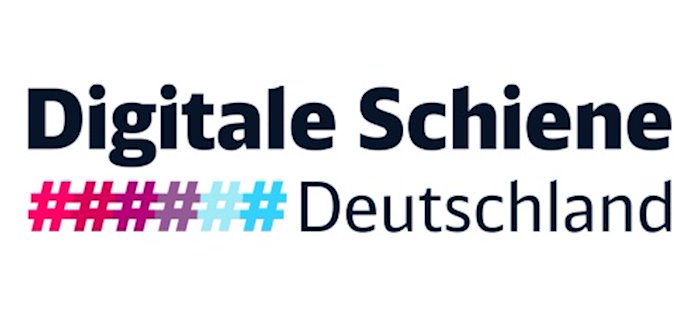
_ _ _ _ _
Smart Rail Connectivity Campus
Im Vorhaben Smart Rail Connectivity Campus (SRCC) soll am Standort Annaberg-Buchholz dauerhaft eine global sichtbare Forschungs- und Entwicklungseinrichtung etabliert werden, an der in Kooperation zwischen der TU Chemnitz, der Stadt Annaberg-Buchholz und vielen weiteren Netzwerkpartnern Forschungs-, Entwicklungs- und Innovationsarbeiten zur digitalisierten, vernetzten, automatisierten und nachhaltigen, d. h. ökonomisch, ökologisch und sozial effektiven und effizienten, Mobilität geleistet werden. Durch die Vernetzung mit regionalen Partnern, aber auch überregionalen Unternehmen und Forschungseinrichtungen entstehen eine interdisziplinäre Zusammenarbeit und eine leistungsfähige Plattform für Innovationen. Damit soll der Forschungscampus als Keimzelle für einen erfolgreichen Strukturwandel in der Region Chemnitz-Erzgebirge dienen und regionale Potenziale in einem zukunftsträchtigen Wertschöpfungssegment heben.

